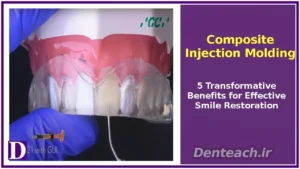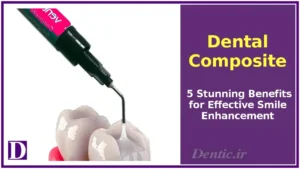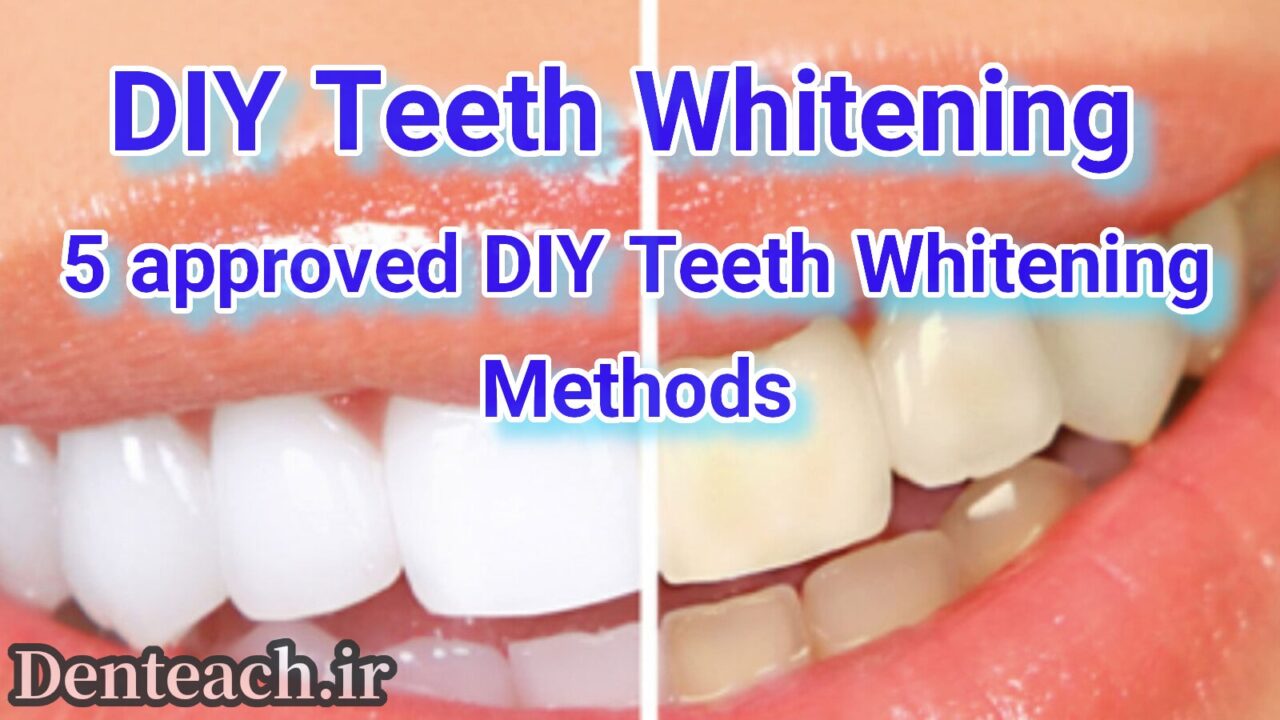
Table of Contents


Composite Injection Molding: 5 Transformative Benefits for Effective Smile Restoration

Dental Composite: 5 Stunning Benefits for Effective Smile Enhancement

Teeth Bleaching: 5 Radiant Benefits for Effective Smile Brightening

Dental Veneer: 5 Stunning Benefits for Effective Smile Enhancement

Implant-Supported Fixed Prostheses: 5 Advanced Benefits for Effective Smile Restoration

Teeth Whitening: Brightening Your Smile with Confidence
Teeth whitening, also known as dental bleaching, is a popular cosmetic dental procedure designed to lighten tooth color and remove stains, enhancing smile aesthetics. With 80% of Americans seeking whiter teeth, per the American Dental Association (ADA), whitening is a cornerstone of cosmetic dentistry, addressing discoloration from diet, habits, or aging. Safe and effective when done correctly, it boosts confidence in 70% of patients post-treatment. This article explores the definition, causes of discoloration, methods, benefits, care strategies, anatomical significance, challenges, and future trends of teeth whitening, emphasizing its role in achieving a radiant smile.
Understanding Teeth Whitening
Teeth whitening involves applying bleaching agents, typically hydrogen peroxide or carbamide peroxide, to lighten enamel and dentin, reducing stains and discoloration. Enamel, the tooth’s outer layer (1–2 mm thick), and dentin, the underlying tissue, determine tooth color. Whitening targets extrinsic (surface) and intrinsic (deep) stains, improving brightness by 2–8 shades in 90% of cases, per ADA data. As a cosmetic procedure, it aligns with cosmetic-dentistry and anatomy-and-morphology due to its focus on tooth structure, while post-treatment care ties to preventive-dentistry.
Causes of Tooth Discoloration
Discoloration results from various factors:
- Extrinsic Stains: Coffee, tea, red wine, and smoking cause surface stains, affecting 50% of adults, per CDC data.
- Intrinsic Stains: Aging, trauma, or medications (e.g., tetracycline) darken dentin, impacting 20% of individuals over 40.
- Dietary Habits: Sugary or acidic foods (e.g., berries, soda) contribute to 30% of staining cases.
- Poor Oral Hygiene: Inadequate brushing/flossing allows plaque buildup, worsening stains in 15% of cases.
- Genetics: Natural tooth color varies, with 10% of people having yellower dentin genetically.
Methods of Teeth Whitening
Whitening methods vary in approach and efficacy:
- In-Office Whitening: Professional treatments use high-concentration peroxide (25–40%) with light or laser activation, achieving results in 1–2 hours. Effective in 95% of cases, costing $500–$1,200.
- At-Home Professional Kits: Custom trays with lower-concentration peroxide (10–20%) are used for 1–2 weeks, effective in 80% of cases, costing $300–$600.
- Over-the-Counter Products: Whitening strips, gels, or toothpastes (3–10% peroxide) offer gradual results over weeks, effective in 50% of cases, costing $10–$100.
- Natural Remedies: Baking soda or charcoal have limited efficacy (20% improvement), with risks of enamel abrasion if overused.
- Whitening Toothpastes: Remove surface stains with abrasives, improving brightness in 30% of cases, costing $5–$15.
Benefits of Teeth Whitening
Whitening offers significant advantages:
- Enhanced Aesthetics: Brightens smiles by 2–8 shades, boosting confidence in 70% of patients.
- Non-Invasive: Preserves tooth structure, safe for 95% of candidates with healthy teeth.
- Quick Results: In-office treatments provide immediate improvement, ideal for 40% of time-sensitive patients.
- Customizable: Options range from professional to at-home, suiting 80% of budgets and preferences.
- Safe When Guided: Minimal side effects (e.g., temporary sensitivity in 10%) when supervised by dentists.
Caring for Whitened Teeth
Post-whitening care, tied to preventive-dentistry, maintains results:
- Oral Hygiene: Brush twice daily with fluoride toothpaste (1,000–1,500 ppm) and floss to prevent new stains, effective in 90% of cases.
- Dietary Choices: Avoid staining foods/drinks (e.g., coffee, wine) for 48 hours post-treatment, reducing re-staining by 30%. Rinse with water after consumption.
- Regular Dental Visits: Biannual check-ups monitor enamel health, preventing complications in 85% of cases.
- Touch-Up Treatments: At-home kits or strips every 6–12 months maintain brightness for 60% of patients.
- Avoid Overuse: Limit whitening to recommended intervals to prevent enamel damage, critical for 10% of frequent users.
Anatomical and Morphological Significance
Whitening relates to anatomy-and-morphology:
- Enamel: The translucent outer layer (1–2 mm thick) allows bleaching agents to penetrate, affecting color in 90% of cases.
- Dentin: Underlying dentin’s shade influences whitening outcomes, with yellower dentin harder to lighten in 20% of cases.
- Tooth Structure: Intact enamel ensures safe whitening, while cracks or decay (5% of cases) require pre-treatment.
Challenges and Considerations
Challenges include:
- Cost: In-office whitening ($500–$1,200) or professional kits ($300–$600) are expensive, with limited insurance coverage.
- Sensitivity: Temporary sensitivity affects 10% of patients, lasting 1–3 days post-treatment.
- Expectations: 15% of patients expect unrealistic results (e.g., unnatural whiteness), requiring clear consultation.
- Access: Rural areas lack cosmetic dentists, delaying treatment for 5% of patients.
- Enamel Safety: Overuse of abrasive or high-concentration products risks enamel thinning in 2% of cases.
Future Trends
Whitening is advancing:
- Bioactive Agents: Peroxide-free whitening with remineralizing properties reduces sensitivity in 15% of cases.
- Laser Technology: Advanced lasers enhance bleaching precision, improving results by 20%.
- AI Diagnostics: Digital shade analysis customizes treatment, boosting satisfaction in 10% of cases.
- Sustainable Products: Eco-friendly whitening gels gain traction, adopted by 5% of brands in 2025.
Conclusion
Teeth whitening is a safe, effective way to enhance smile aesthetics, addressing discoloration from diet, aging, or habits. With options like in-office treatments, at-home kits, or over-the-counter products, it suits diverse needs. Proper care through hygiene and dietary choices maintains results, while innovations like bioactive agents promise safer outcomes. Consult a dentist or visit American Dental Association to achieve a brighter, confident smile.
- American Dental Association. (2025). Teeth Whitening.
- Carey, C. M. (2018). Tooth Whitening: What We Know. Journal of Evidence-Based Dental Practice, 18(2), 120–130.
- American Dental Association. (2025). Cosmetic Dentistry.
- National Institute of Dental and Craniofacial Research. (2025). Tooth Decay and Aesthetics.
